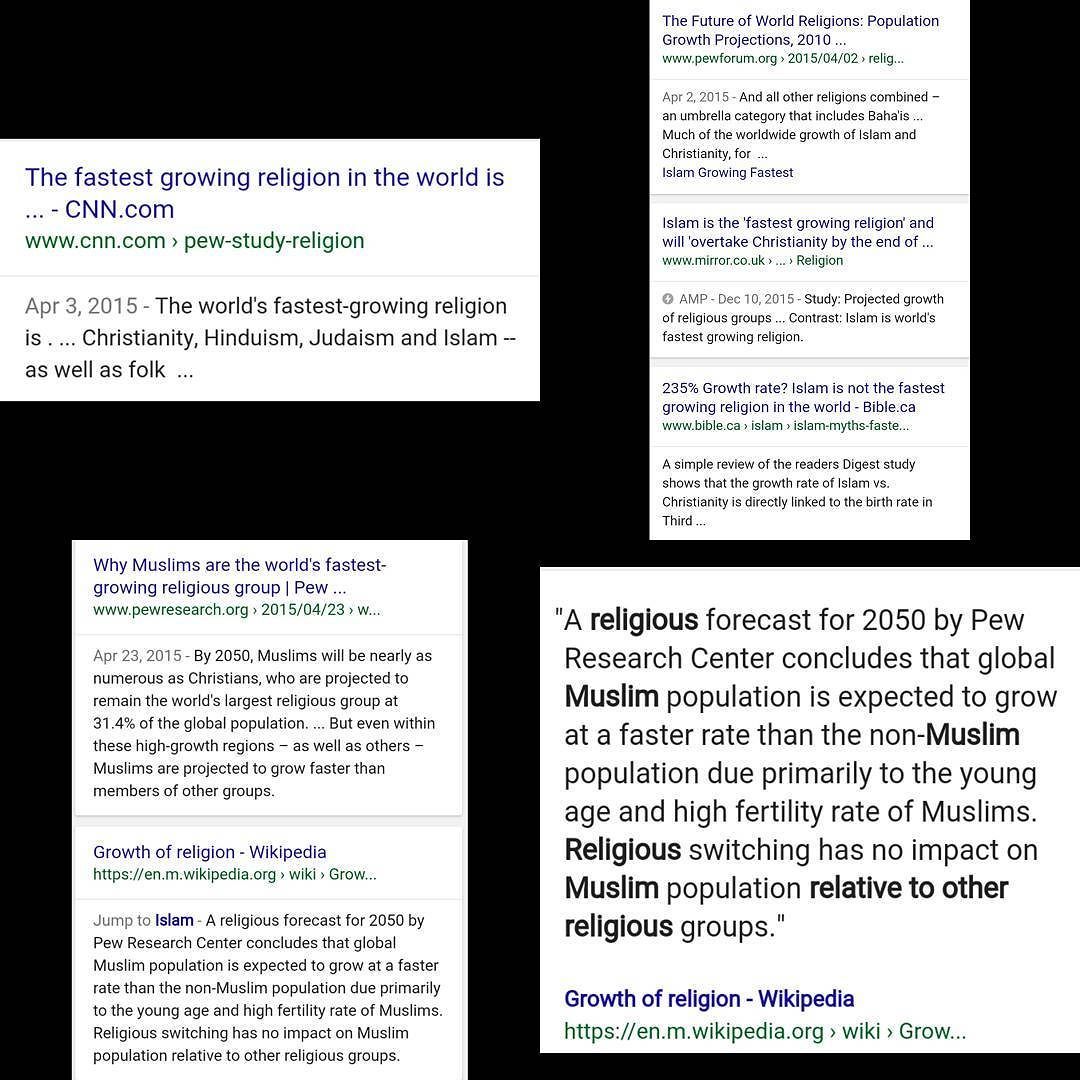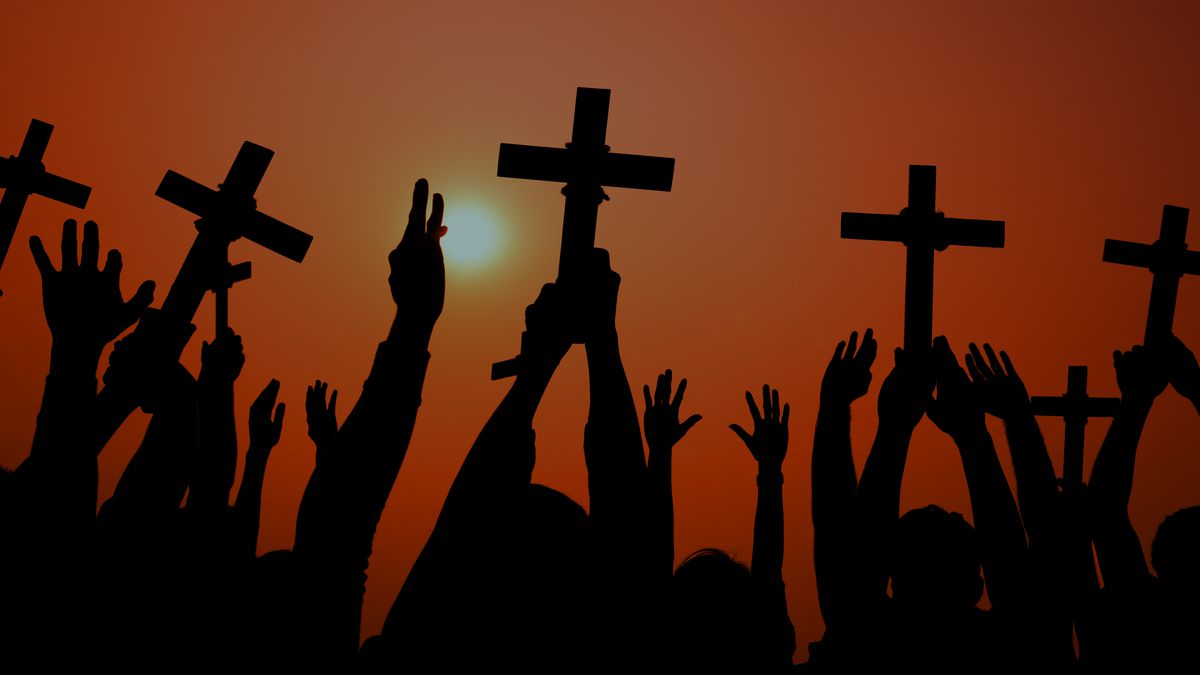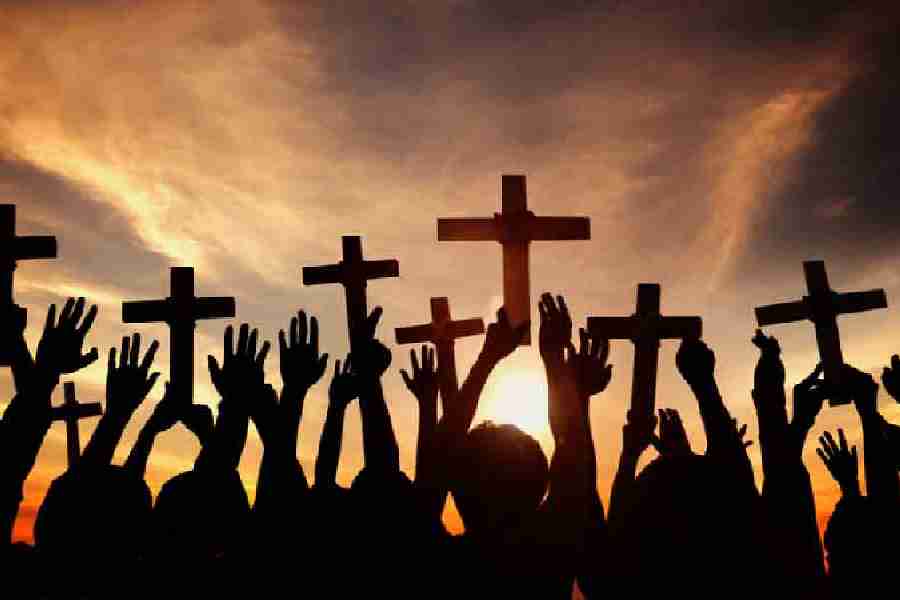Understanding the Key Differences Between a Cult and a Religion
Introduction
Understanding the distinction between a cult and a religion is essential for anyone interested in the dynamics of belief systems, community structures, and the impact these groups have on members’ lives. While both cults and religions involve dedicated groups of followers and shared beliefs, their core functions, structures, and societal perceptions are markedly different. This article explores these differences in depth, providing practical guidance and real-world examples to help you recognize and navigate the complexities of spiritual and ideological communities.
Defining Cults and Religions
The term cult is typically used to describe a small, often secretive group devoted to a particular person, idea, or philosophy. Cults are frequently associated with extreme or unorthodox beliefs, rigid control over members, and practices that set them at odds with broader society [4] . In contrast, a religion is generally recognized as a larger, more established system of beliefs centered around worship of a supernatural power or deity, with structured rituals and accepted social functions [1] .

Source: slideshare.net
Core Characteristics of Cults
Cults often share several defining features:
- Charismatic Leadership: Cults are almost always led by a single, charismatic figure whose teachings are considered infallible [2] .
- Ideological Purity and Control: Members are discouraged from questioning doctrine, and conformity is enforced through monitoring and punishment [2] .
- Isolation: Cults often isolate members from society, including family and friends, to maintain control [2] .
- Us-vs-Them Mentality: Cults foster a strong sense of separation from outsiders, often claiming unique access to truth or salvation [2] .
- Financial and Emotional Exploitation: Members are commonly required to dedicate significant resources and energy to the group, sometimes to their own detriment [1] .
These practices often result in high levels of dependency, loss of personal autonomy, and in extreme cases, tragic group outcomes (e.g., Jonestown, Branch Davidians) [3] .
Core Characteristics of Religions
Religions, by contrast, typically exhibit:
- Institutional Structure: Religions have established leadership hierarchies, standardized teachings, and recognized rituals [1] .
- Societal Legitimacy: Religions are generally perceived as positive social forces, providing community, support, and ethical frameworks [1] .
- Longevity: Religions tend to exist long beyond the life of their founders, often evolving over centuries [4] .
- Openness: Most religions are less secretive, with transparent practices and accessible places of worship [1] .
- Voluntary Participation: While commitment is valued, questioning and varied levels of belief are more tolerated in established religions [3] .
Religions often serve as pillars of social identity, moral guidance, and intergenerational community.
Why Do Some Groups Transition from Cult to Religion?
One of the most intriguing aspects is that many established religions started as cults or small sects. As these groups grow, outlive their founders, and integrate into society, their practices may become normalized. For example, the Church of Jesus Christ of Latter-day Saints (Mormonism) and Seventh-day Adventists were once considered cults but have since gained recognition as legitimate religions [4] .
The transition typically involves:
- Surviving the founder’s death and developing institutional governance
- Adapting beliefs to societal norms and legal requirements
- Growing membership and geographic spread
- Gaining public acceptance and legal recognition
However, not all cults follow this path. Some collapse after scandals or the loss of charismatic leadership, as seen with the Peoples Temple and the Branch Davidians [1] .
Common Warning Signs of a Cult
If you are concerned about whether a group resembles a cult, consider the following practical indicators:
- Demands for absolute loyalty to a single leader
- Pressure to cut ties with non-members
- Suppression of questions or dissent
- Unusual secrecy about beliefs or activities
- Financial exploitation or requests for large, recurring donations
- Promises of unique salvation or apocalyptic outcomes
For more detailed self-assessment, you can consult resources from reputable academic institutions or mental health organizations. If you suspect a loved one is involved in a dangerous group, consider contacting a licensed counselor or searching for ‘cult recovery support’ through established mental health directories.
Steps to Evaluate a Group’s Nature
To determine whether a group is a cult or a religion, follow these steps:
- Research the Group: Search for independent studies, media reports, and legal records about the organization.
- Examine Leadership Structure: Assess whether power is concentrated with one individual or distributed among elected or appointed leaders.
- Evaluate Transparency: Review whether meetings, teachings, and finances are open to members and the public.
- Assess Member Autonomy: Consider whether questioning is allowed and whether members can leave freely without fear of retaliation.
- Seek Outside Perspectives: Consult with former members, family, or independent experts on new religious movements.
If answers to these points raise concerns, you may want to engage a mental health professional or contact organizations specializing in cult awareness and recovery. Use search terms such as “cult awareness network” or “religious recovery services” for reputable support networks.
Challenges in Labeling Groups
It is important to recognize that the boundary between cult and religion is not always clear-cut. Societal attitudes, cultural context, and historical evolution all influence how groups are perceived [4] . Sometimes, what is called a cult in one era or culture may be a respected religion in another. Always approach such evaluations with sensitivity and a willingness to seek diverse perspectives.

Source: askanydifference.com
Alternative Approaches to Understanding Belief Systems
Instead of focusing solely on labels, consider these approaches:
- Analyze the impact of the group on individual well-being, autonomy, and social function
- Compare beliefs, rituals, and governance structures with those of established faiths
- Speak with religious scholars, sociologists, or licensed mental health professionals for informed viewpoints
These methods can provide a more nuanced understanding and help avoid stigmatizing members of minority faiths or unconventional communities.
Key Takeaways
The primary differences between a cult and a religion revolve around leadership, transparency, societal acceptance, and the level of control exerted over members. Religions tend to be more open, less controlling, and more integrated into society. Cults, by contrast, are typically defined by secrecy, centralized power, and rigid control. However, these definitions can shift over time as groups evolve. If you are concerned about a group, use the steps outlined above to evaluate its nature, consult credible sources, and seek support as needed.
References
- [1] University of New England (2024). What is the Difference between a Religious Cult and a Religion?
- [2] Study.com (2020). Cult | Definition, Characteristics & Behavior.
- [3] YourDictionary (2020). Identifying Differences Between a Cult and a Religion.
- [4] Britannica (2025). Cult | Meaning, Definition, Religion, & Psychology.
MORE FROM cheerdeal.com













